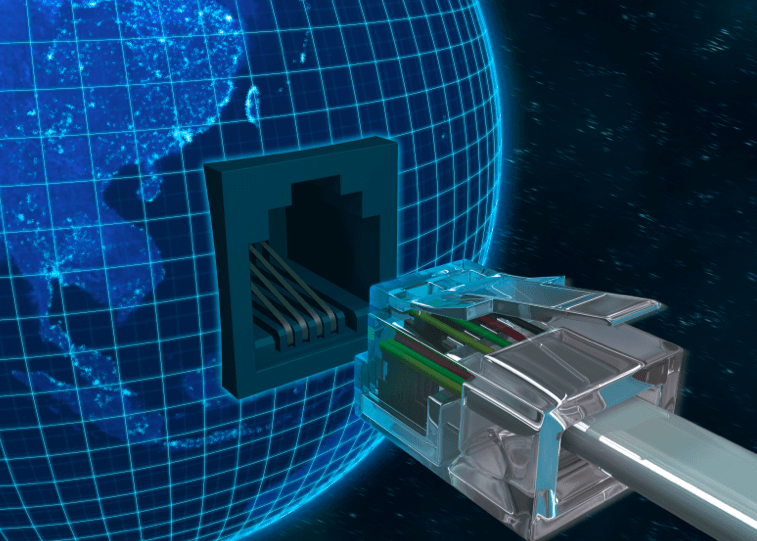Last year, an anyoption writer wrote about Intel’s chance at a comeback. The computer chip maker had seen some slowdown in its business because of an uncertain PC market and the fact that it missed the mobile wave entirely. So it launched into a new market called the Internet of Things (IoT).
With the Wall Street Journal reporting that the IoT market is looking to grow to $1.7 trillion by 2020, Intel was one of the first companies on board and was looking to establish a solid foothold in the market.
Watch out Intel
While Intel was certainly feeling good about its new direction as an opportunity to float any storms in then PC market, they may be feeling a little trepidation now. Amazon has joined the fray. The Seattle-based company is known for its aggressive pricing and competitive spirit, which may make it hard for others to stay competitive.
One example is Wal-Mart. The retail giant, which Amazon has been attacking heavily in the e-commerce space, saw a 15% decline in net income for the second quarter of 2015. It also cut its earnings outlook for the fiscal year. The stock is down 22% on the year.
Obviously, Amazon isn’t the only reason for Wal-Mart’s struggles, but it’s a big part of it. And if Amazon can do that to one of the biggest companies in the world in a mature market, what damage can it do in a relatively new market?
Or not?
To be fair, Amazon won’t be competing against Intel in the IoT market directly. Its focus will be on simply giving developers access to link Internet-connected hardware devices to communicate with applications and other devices through its Amazon Web Services division. It’s a genius step toward ensuring that AWS is the central hub for companies’ cloud computing needs.
But when Amazon sees an opportunity, it takes it. As it gets used to the market, there’s nothing saying it won’t start creating hardware of its own. Amazon Echo and Amazon Dash are two examples that show what the company is capable of in this space. The former has a voice-only personal assistant that can search the Internet, play music and turn out the lights, among other things. The latter is a Wi-Fi enabled button you can press to re-order detergent, groceries or other household staples you need.
Conclusion
Make no mistake; Amazon is never content with entering a market with just one angle. While it’s focused on its cloud service today, there’s nothing stopping it from adding devices to the list, especially with how big the potential of the market can be. With Intel trying to stay focused on building its IoT portfolio, it should keep a wary eye on Amazon as it works to build its own name in the market.
Tradersdna is a leading digital and social media platform for traders and investors. Tradersdna offers premiere resources for trading and investing education, digital resources for personal finance, market analysis and free trading guides. More about TradersDNA Features: What Does It Take to Become an Aggressive Trader? | Everything You Need to Know About White Label Trading Software | Advantages of Automated Forex Trading









